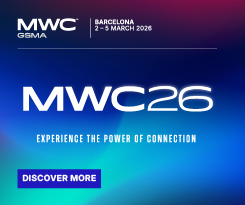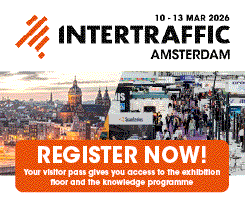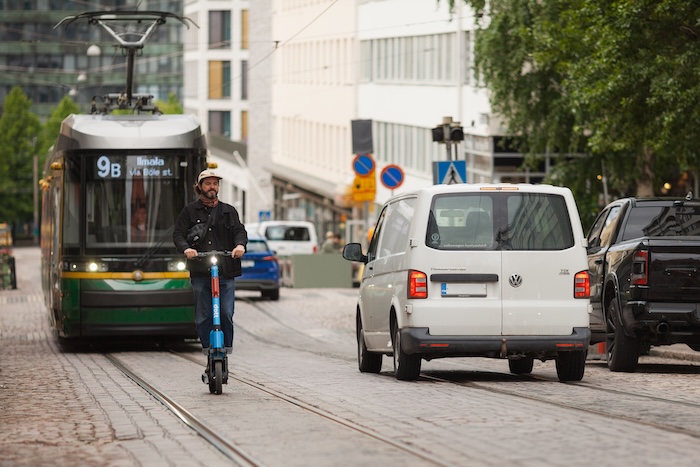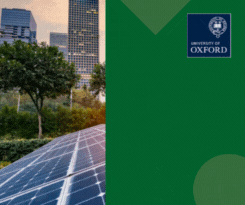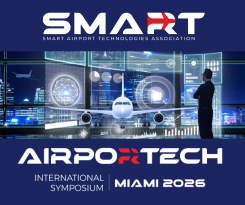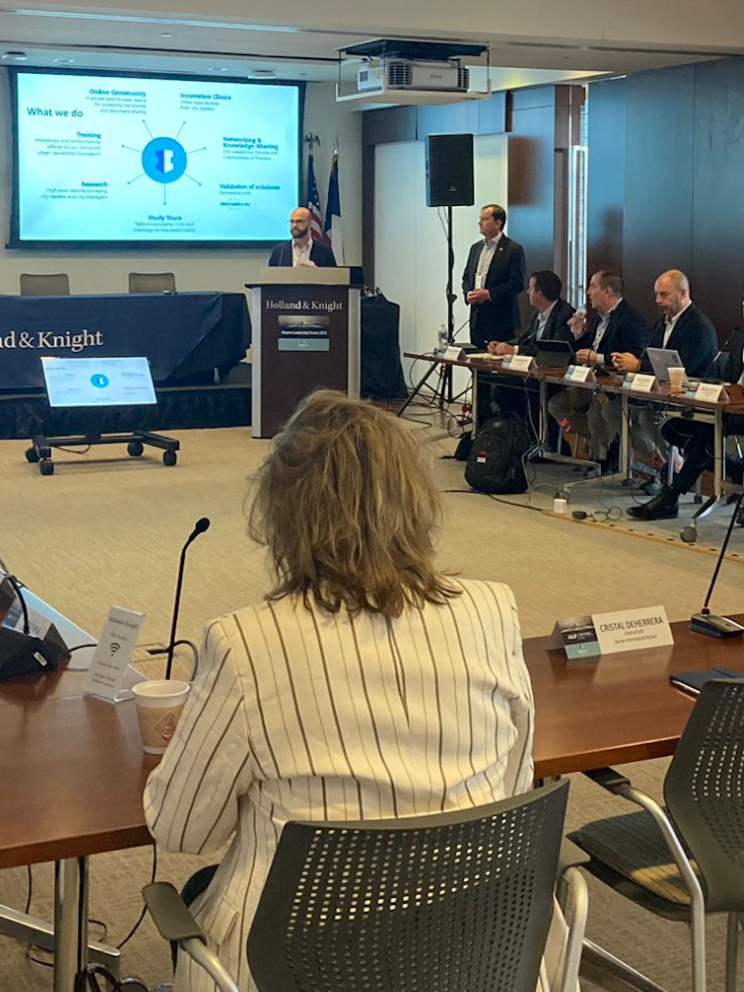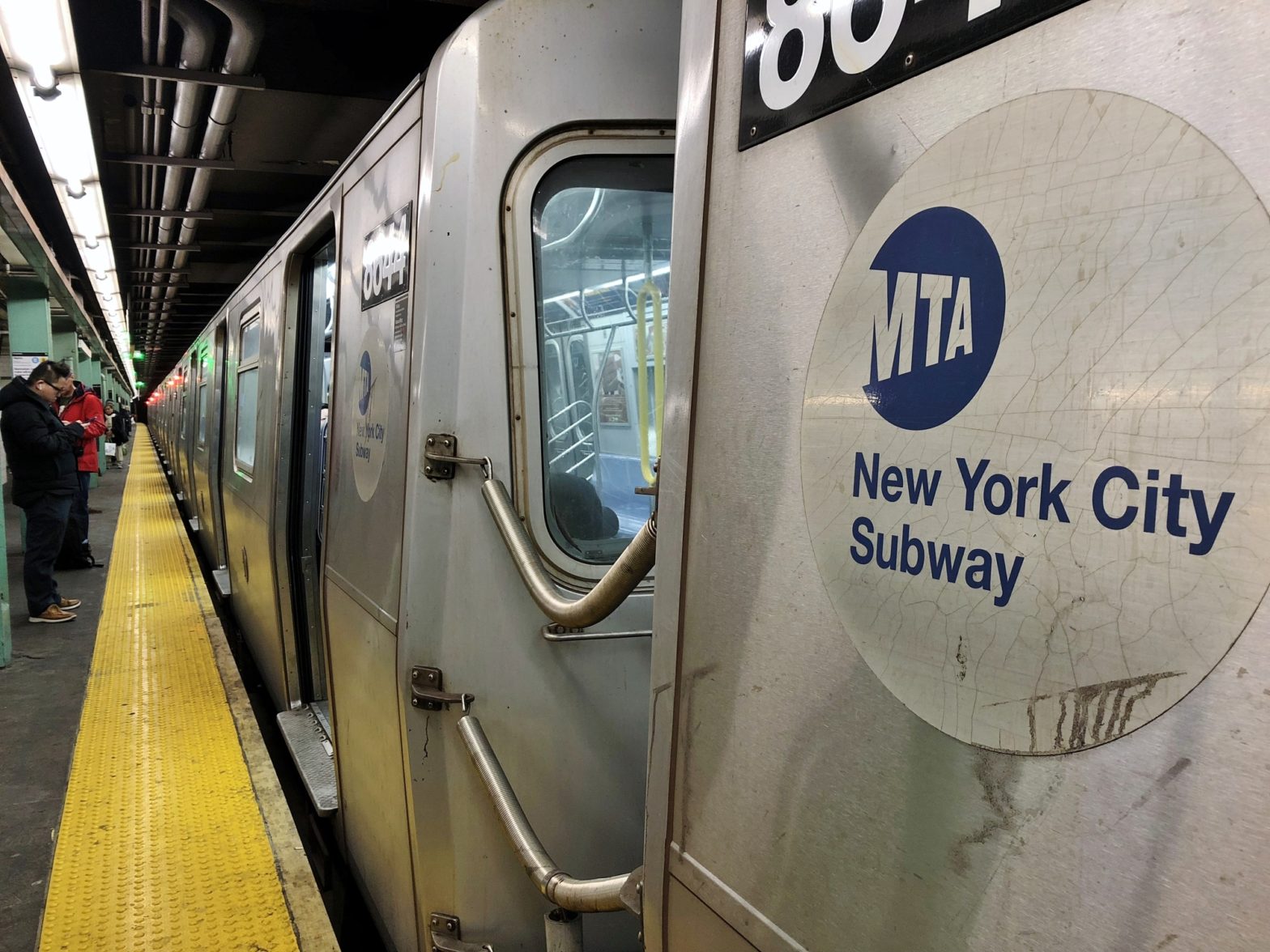
AI inspection and fare tools trialled in New York
19 September 2025
by William Thorpe
Artificial intelligence inspection tools and fare data integration platforms are emerging as promising technologies in New York’s latest Transit Tech Lab programme, which pairs start-ups with transit agencies to trial new approaches to operations and planning.
Run jointly by the Partnership Fund for New York City and the MTA, the Lab has become a key channel for agencies to test technology before committing to wider deployment.
Stacey Matlen, Senior Vice President of Innovation at the Partnership for New York City, told Cities Today that the lab’s two-stage process gives agencies the confidence to move from concept to procurement.

“We take an iterative approach to testing and evaluating to ensure that new technologies can add value,” she explained. “After an initial proof of concept to demonstrate value, a pilot is often needed to fully demonstrate scalability and quantify the technology’s impact.”
One project under the Ridership Improvement Challenge focused on consolidating fare and demand data. Matlen said that while it is still too early to measure direct ridership changes, the work with Matawan demonstrated how unifying multiple data streams could save labour and create richer insights.
“Solutions like Matawan have shown potential,” she said. “By streamlining existing data flows into a single platform, agencies can paint a more detailed picture of operations and distribute the workload more efficiently.”
AI-powered inspection systems were another highlight. These tools accelerate data analysis and document review, while predictive weather models tested in parallel offered ways to anticipate operational issues before they occur.
This year’s cycle emphasised quantifiable outcomes such as time and cost savings. Matlen said that shift was deliberate, and it resonated with agency partners.
“By the end of a pilot, agencies and companies should have quantifiable proof points–time or money saved and positive customer feedback–to inform commercialisation decisions,” she said.
The approach contributed to the Lab receiving a Net Promoter Score of 9.6 from agencies, its highest rating yet. “We put extra focus on helping proofs of concept show measurable value, which agencies really appreciated,” Matlen added.
The 2025 cohort included firms from the US alongside entrants from France, Australia, Spain, and the United Kingdom. For Matlen, balancing global and local talent is key.
“New York benefits when we can attract top talent from around the world while also creating opportunities for homegrown start-ups,” she said. “That mix brings new ideas, proven solutions, and long-term investment into the transit system.”
Beyond individual pilots, Matlen argued the programme has had a wider organisational impact.
“One of the biggest outcomes has been creating a culture of innovation inside city and state agencies,” she said. “Giving staff the tools, permission, and structure to bring forward challenges, test new ideas, and champion solutions has been transformative.”
She added that successful tools typically fall into four categories: workflow digitisation, IoT and data integration, customer-facing rider technologies, and sustainability or predictive maintenance solutions. Combined, these can move agencies from reactive fixes to predictive operations.
“The Transit Tech Lab provides a trusted, controlled environment for agencies to build confidence that new technologies, including AI, can address critical challenges in a safe and reliable way,” Matlen said.
Main image: Kit1nyc | Dreamstime.com


